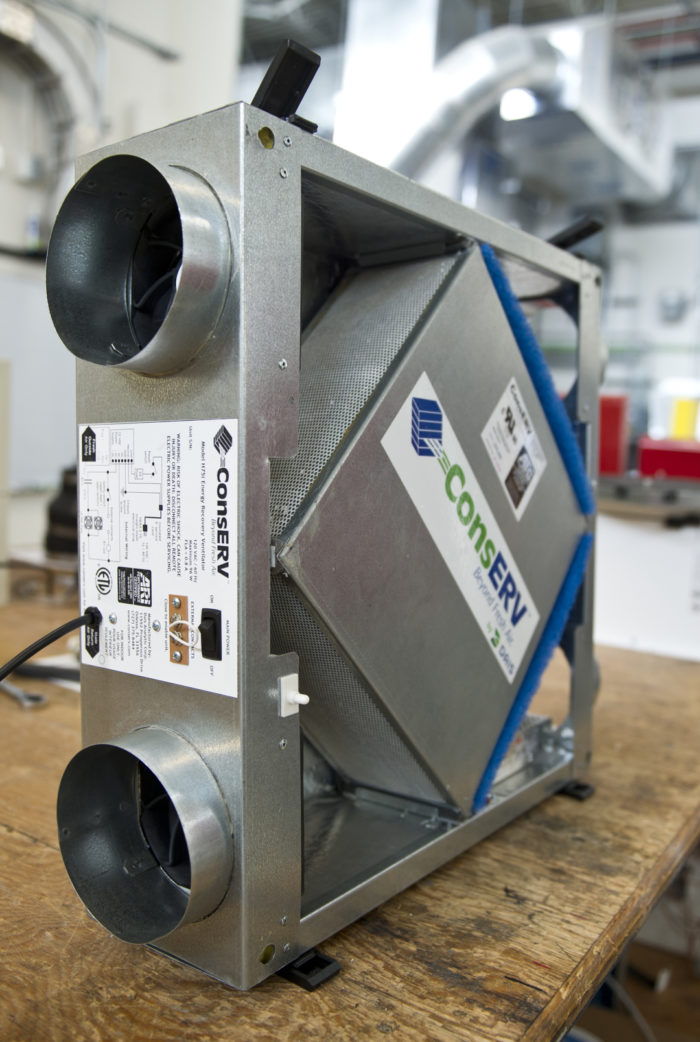The Function of HRV in Green Homes
Wiki Article
The All-Inclusive Guide to the Uses of Heat Recovery Ventilation in Modern Structures
Heat Recovery Ventilation (HRV) systems stand for a substantial development in building technology (HRV Heat Recovery Ventilation). They offer a method for trading stagnant interior air with fresh exterior air while minimizing power loss. This strategy not only improves indoor air top quality but additionally adds to power efficiency in both property and industrial buildings. Understanding the various applications and benefits of HRV can disclose its vital role in modern-day style and sustainability efforts. The implications of this technology are worth checking out additionallyComprehending Heat Recovery Ventilation Equipments

Several modern buildings focus on power performance, comprehending warm recovery ventilation (HRV) systems is important for maximizing indoor air quality and lowering power consumption. HRV systems work by moving heat from stale indoor air to inbound fresh air, efficiently preserving comfy interior temperatures while decreasing energy loss. These systems contain a warm exchanger, fans, and ductwork that promote the blood circulation of air. Throughout winter season, HRV devices record and reuse warm from the outbound air, while in summer season, they can help cool down inbound air. By continually exchanging air, HRV systems also minimize humidity and the concentration of interior toxins. Proper installation and maintenance of HRV systems are essential for their efficiency and effectiveness in enhancing overall structure efficiency and convenience.
Benefits of Heat Recovery Ventilation
Heat recovery ventilation systems use many advantages that boost both energy efficiency and indoor air quality in modern buildings. By catching and reusing energy from exhaust air, these systems greatly reduce home heating and cooling prices, bring about lower energy usage. They keep a stable circulation of fresh outdoor air, minimizing the risk of indoor air contaminants and allergens. This constant exchange aids manage moisture degrees, stopping mold development and making certain a much healthier living setting. Furthermore, HRV systems contribute to sustainability objectives by lowering overall carbon footprints. Their capacity to maximize air flow without sacrificing thermal convenience makes them an important addition to modern building design, advertising both economic and eco-friendly benefits.Applications of HRV in Residential Structures
As homeowners increasingly focus on power efficiency and indoor air high quality, the applications of warmth recuperation ventilation (HRV) systems in residential structures have become much more widespread. HRV systems are particularly beneficial in tightly sealed homes, where keeping fresh air flow is important for preventing dampness accumulation and interior toxins. They successfully transfer heat from outward bound stagnant air to inbound fresh air, reducing energy prices associated with HRV Heat Recovery Ventilation home heating and cooling. Additionally, HRVs can boost convenience levels by controling humidity and temperature level. They are likewise adaptable for various domestic designs, including single-family homes and multi-unit structures. Overall, incorporating HRV systems supports sustainable living practices while making certain a healthier indoor environment for passengers.HRV in Business and Commercial Settings
In industrial and industrial settings, the implementation of heat recuperation ventilation (HRV) systems has become progressively crucial for enhancing power efficiency and maintaining air top quality. These systems properly transfer heat from exhaust air to inbound fresh air, minimizing the demand for additional home heating or air conditioning. This not only lowers energy expenses however additionally contributes to sustainability efforts. Industries such as manufacturing, warehousing, and workplace buildings benefit substantially from HRV systems, as they help regulate temperature level and moisture levels, ensuring a comfortable and efficient environment. HRV systems help in eliminating pollutants and excess moisture, improving indoor air top quality. As laws around air high quality come to be more stringent, the adoption of HRV technology is most likely to expand, making it an essential part of contemporary business and commercial framework.Future Patterns in Heat Recovery Ventilation Modern Technology

Regularly Asked Concerns
Exactly How Does Heat Recovery Ventilation Effect Indoor Air Top Quality?
Heat recovery ventilation significantly improves indoor air high quality by constantly exchanging stagnant indoor air with fresh exterior air while recuperating power. This process lowers contaminants, preserves excellent humidity degrees, and ensures a healthier setting for occupants.Can HRV Equipments Be Mounted in Existing Buildings?
HRV systems can certainly be mounted in existing structures. Retrofitting may call for adjustments to ductwork and ventilation designs, however it substantially boosts power performance and interior air high quality, making it a sensible choice for older frameworks.What Upkeep Is Needed for HRV Solutions?

Exist Certain Climates Where HRV Is A Lot More Reliable?
Heat recovery ventilation systems are particularly reliable in environments with substantial temperature distinctions in between periods. These systems optimize energy efficiency by recouping warm from exhaust air, making them suitable for both chilly and reasonably cozy environments.Just How Do HRV Equipments Affect Power Expenses?

Report this wiki page